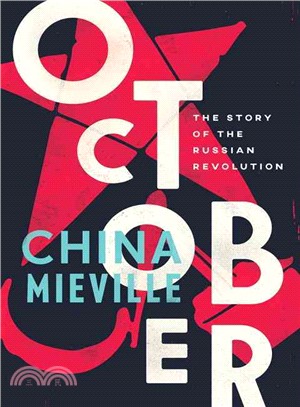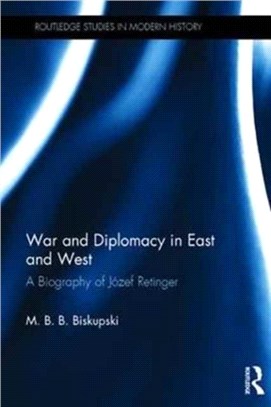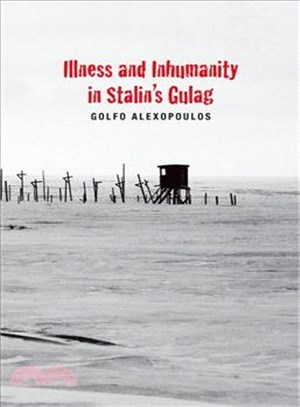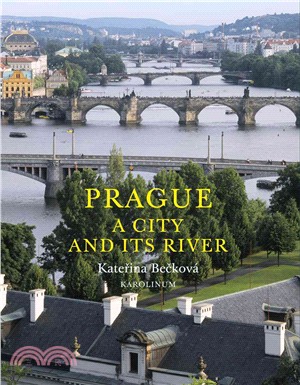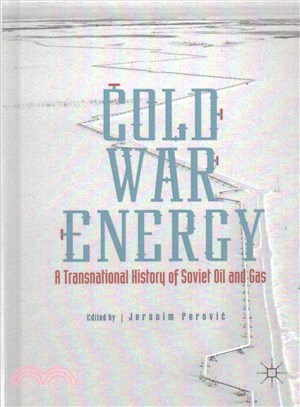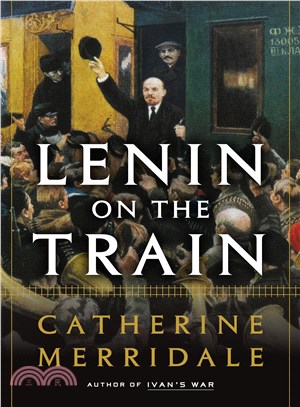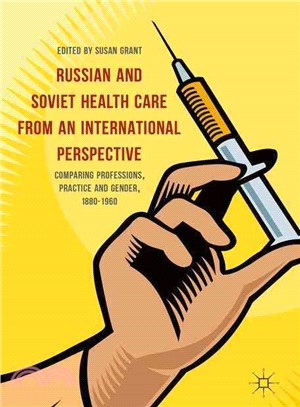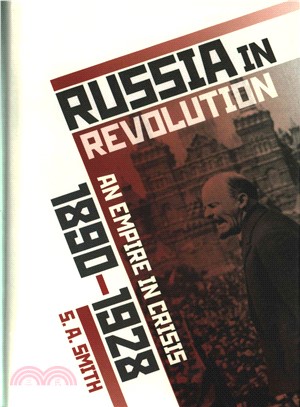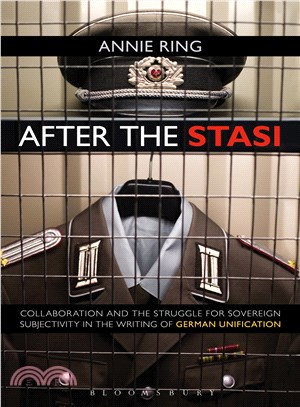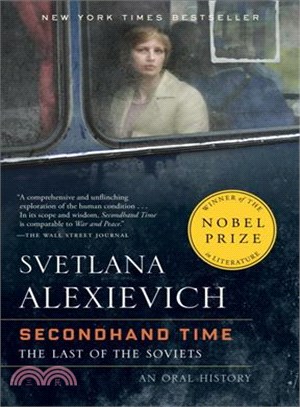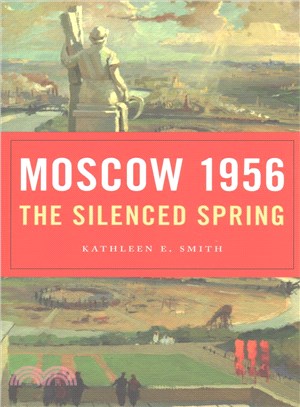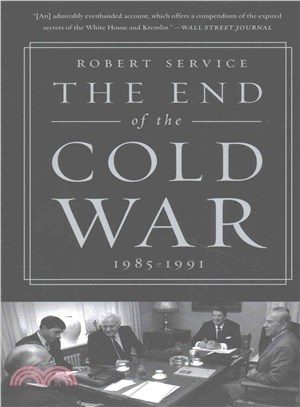共
2902 筆
第17 / 73 頁
出版日:2017/05/15
作者:Jana Osterkamp (EDT);
Martin Schulze Wessel (EDT)
出版社:Vandenhoeck & Ruprecht Gmbh & Co
裝訂:精裝
優惠價:1
3840
無庫存
若需訂購本書,請電洽客服 02-25006600[分機130、131]。
優惠價:1
1213
無庫存
優惠價:79
871
無庫存
若需訂購本書,請電洽客服 02-25006600[分機130、131]。
若需訂購本書,請電洽客服 02-25006600[分機130、131]。
優惠價:1
1024
無庫存
出版日:2017/05/01
作者:Konstantin Ivanovich Globachev;
Sofia Nikolaevna Globacheva;
Vladimir G. Marinich (TRN)
出版社:State Univ of New York Pr
裝訂:精裝
若需訂購本書,請電洽客服 02-25006600[分機130、131]。
若需訂購本書,請電洽客服 02-25006600[分機130、131]。
若需訂購本書,請電洽客服 02-25006600[分機130、131]。
優惠價:9
2805
無庫存
優惠價:1
3480
無庫存
若需訂購本書,請電洽客服 02-25006600[分機130、131]。
出版日:2017/04/16
作者:Hrvoje Petric (EDT);
Ivana Zebec Silj (EDT);
Ivan Brlic (CON);
Anita Tonkovic Busljeta (CON);
Selcuk Dursun (CON)
出版社:Lexington Books
裝訂:精裝
若需訂購本書,請電洽客服 02-25006600[分機130、131]。
優惠價:9
1026
無庫存
優惠價:9
2808
無庫存
若需訂購本書,請電洽客服 02-25006600[分機130、131]。
658.
The Republic of the Ushakovka ─ Admiral Kolchak and the Allied Intervention in Siberia 1918-1920
若需訂購本書,請電洽客服 02-25006600[分機130、131]。
優惠價:79
841
無庫存
若需訂購本書,請電洽客服 02-25006600[分機130、131]。
優惠價:1
798
無庫存
優惠價:1
3420
無庫存
優惠價:9
1539
無庫存
若需訂購本書,請電洽客服 02-25006600[分機130、131]。
若需訂購本書,請電洽客服 02-25006600[分機130、131]。
優惠價:79
1501
無庫存
優惠價:79
901
無庫存
若需訂購本書,請電洽客服 02-25006600[分機130、131]。
優惠價:9
1580
無庫存
出版日:2017/03/24
作者:Marlene Laruelle (EDT);
Emel Ak?損i (CON);
Jean-Yves Camus (CON);
V?{r Imanbeyli (CON);
Umut Korkut (CON)
出版社:Lexington Books
裝訂:平裝
優惠價:1
3899
無庫存
優惠價:9
2805
無庫存
優惠價:79
690
無庫存
優惠價:9
1436
無庫存
若需訂購本書,請電洽客服 02-25006600[分機130、131]。
優惠價:9
1435
無庫存
優惠價:1
3900
無庫存
優惠價:79
781
無庫存
優惠價:79
570
無庫存
優惠價:1
1102
無庫存





